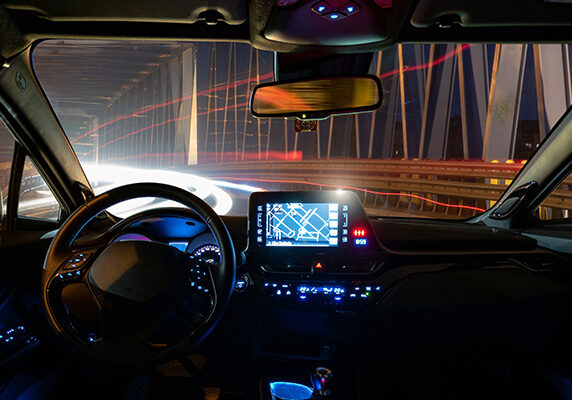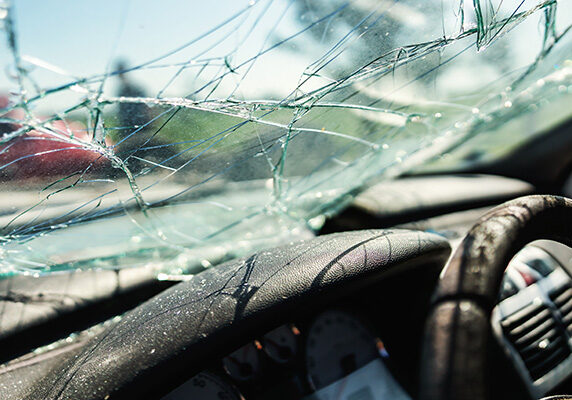A lawsuit filed in Pennsylvania against Uber is only the latest headache for the rideshare industry giant. Uber has been in and out of courts worldwide for all manner of legal issues, from corporate espionage to driver pay concerns, to multiple cases of rude or unsafe conduct by drivers themselves, the company has been stuck in a continuous rough patch.
Ridesharing is growing in popularity, particularly for those who need to take long commutes daily, when parking a personal vehicle is inconvenient at best. Uber, as well as chief competitor Lyft, are considered by many users to be reliable and safe alternatives to taxis and other forms of public transportation.
Unfortunately, Uber rides aren’t always cheap. And as the Uber lawsuit in Pennsylvania shows, they also are not always as safe as they’re popularly believed to be.
A Pennsylvania woman alleges in her lawsuit against Uber that her driver exhibited slurred speech and drove erratically before verbally attacking her.
When Carla Guzman hired an Uber ride on June 21st 2017, she was hoping to reach Philadelphia International Airport for an early flight. Immediately upon meeting her driver, Guzman immediately noticed something was amiss. She described the car as smelling like cigarette smoke, with laundry littering the vehicle. Worse yet, the driver’s speech was slurred.
Once on the road, Guzman’s concerns escalated. The driver haphazardly made repeated lane changes, and drove significantly slower than other traffic.
Things truly took a turn for the worse when Guzman complained that the driver was taking a longer route to the airport. After suggesting that they use the turnpike, the driver reportedly grew agitated. She did not pick up her ticket to enter the turnpike, and repeatedly asked if Guzman could pay the toll instead. The reason for this was that the driver did not have an E-Z Pass. This pass is an electronic transponder required to enter the turnpike without a penalty. Guzman offered to pay the $41 fine for the driver, but said they would have to wait until they got to an ATM to get the cash.
At this point, Guzman describes the driver as having bloodshot eyes, becoming disoriented and violently angry. The driver began screaming and cursing at Guzman, striking her steering wheel multiple times as they drove. The driver then got off the turnpike, taking them on a route that was pointed away from the airport. It was at this point that Guzman looked for a way out.
Uber driver left their passenger on the side of the road, away from any assistance, and well away from the destination.
Tensions at a breaking point, the driver ultimately forced Ms. Guzman out of the vehicle near the Rout 309 exit, miles away from the airport. She was forced to take her luggage on foot to a Best Western Hotel a quarter-mile away. Desperate to reach safety, she threw her luggage over a tall security fence, then climbed it herself to reach the hotel. There, she could call a taxi and eventually get to the airport.
More than two hours after her 4:35 AM Uber pick up, Guzman reached the airport. The flight would leave without her.
Carla Guzman would contact Uber about her experience, and in the end the driver would be banned from Uber. However, the company did not offer to reimburse her for the disastrous ride. much less the flight she had to rebook. All Guzman would receive in compensation was a $41 ride credit.
The incident ultimately led Guzman to file the Uber lawsuit this year. She describes the service as a “complete and total sham”.
Uber has said its hiring practices are stringent and with customer safety in mind, even as incidents of this nature continue to occur.
Guzman’s experience was terrifying, and potentially dangerous. Left out on the side of a freeway without any assistance, there was potential for serious personal injury, even death. With a taxi company, there is a clear line of liability for injuries sustained by passengers. Even if the individual taxi driver ultimately causes an accident, they are employees of a company, and the company can be sued for the accident.
However, Uber claims it is not a transportation company, but rather are a tech company. They developed an app that drivers use to make money through rideshares. However, many of these drivers are not employees, but rather are considered independent contractors. Uber has stated that they perform serious background checks. An unsafe driving record, for example a single DUI, can be enough to disqualify a potential Uber driver.
This newest Uber lawsuit contends that the company is not going far enough. Guzman’s attorney, Matthew Luber, has said “sexual assaults, drivers being impaired or intoxicated” have yet to result in changes to Uber’s hiring practices.
In addition to lawsuits over incidents like Ms. Guzman’s, there are other legal earthquakes that Uber must prepare for.
The European Union ruled Uber should be regulated as a tax company in December, which could affect its operations worldwide.
In December, the EU’s highest court ruled in favor of Barcelona cab drivers that Uber did have a significant advantage over their companies. By its nature, Uber does not face the same regulatory guidelines that other transportation companies do. Uber has argued that they help drivers and passengers find each other through the app, but are not themselves a cab company. It is a defense that leans heavily on the Uber’s self-description of being a tech company.
The EU court’s ruling calls Uber a transportation service, and therefore should be regulated like one. This ruling cannot be appealed. Additionally, major markets such as London have provided unique legal challenges to Uber’s right to operate.
There is a potential ripple effect that could reach worldwide for Uber. Drivers may be required to receive employee benefits. Uber may face the same licensing fees that other transportation services currently experience. With the increased costs to operate, Uber may feel compelled to further tighten its hiring practices.
Some experts are saying that the “gig economy” that Uber is a champion of could see the effects of this ruling.
There are many unknowns about how the Uber lawsuit in Pennsylvania will affect the company moving forward. However, the wide range of incidents being reported, and precedent being set by the EU’s highest court, could result in a major shake-up in how the entire rideshare industry operates in the near future.



